Djerassi Resident Artists Program
and the
The Gift of Time
The McElwee Artist’s Barn
Today I turn 70, and what a life it is! I recently had a remarkable experience while reflecting on my age and place in the world.
I recently returned from my eleventh residency at the Djerassi Resident Artists Program. After 17 years of dealing with Lyme Disease and its persistent symptoms, my intent for the week of relative solitude was to get straight with my work for myself and by myself. There has been considerable suffering, and I sought the wisdom to move beyond it.
My relationship with the Artists Program began in 1995 when I was commissioned by the Peninsula Open Space Trust to photograph the land on which the program is situated to inspire donations towards purchasing the development rights to preserve the land in perpetuity. The following year I was offered a residency that would result in the publication of the collection of photographs I made during that special time, Eighteen Days in June.
Torii Stargate, 1995
I have since led 2 workshops at SMIP Ranch (the home of the program) designed a book of my cameraless images, Signs of Life, and spent many weeks there during their closed winter season. It is a place I know well, but more importantly, it is a place that has known me for 29 years now. These residencies have been, without exception, productive and rewarding, and a rare opportunity to live with myself and work away from family, friends, my studio, and the digital vortex that seems to occupy us all.
Since becoming ill in 2007 I have become preoccupied with the question “What fulfills a life?” as I despaired at the time to have lost the means to achieve that end.
Boy, I was wrong.
Last week I decided to take a day for walkabout and visit my favorite places on the ranch. My first stop was the Staccioli Grove, a body of sculptural installations by the late Mauro Staccioli, commissioned by Dr. Carl Djerassi in 1987. I had the privilege of spending time with the gifted sculptor during his residency at the ranch, and he was particularly smitten by the nudes I shot of my wife Julie in situ with his art.
Julie Staccioli, 1996
As I entered the grove, I was disheartened to see that the violent storms of the previous year had reduced both trees and several of the sculptures to pieces. The grove that lived in my memory was no more. I was overwhelmed by recollections of youth, vitality, sleeping under the stars in the grove, and my love for my wife. There I was, face-to-face with the loss, decay, and death that is an integral part of life and the passage of time. I wept and as I did, the beauty of my journey, not only in this place but in the larger world became resonant and was revealed.
Staccioli Grove, 2024
I continued down the canyon towards Harrington Creek, finding none of the sculptures I anticipated: all gone without a trace. Even Mona Lisa’s Grave by Mark Oliver, an installation and performance piece addressing the death of classical art, had disappeared into the void.
But in their absence, the forest was rejuvenating itself as it will, trumpeting that life simply wants to live.
The place where I had collected two 4” tall Douglas Fir sprouts in 2010 has abundant new growth. Those sprouts now tower nearly 30 feet high in a sunny spot in front of my home.
Mona Lisa’s Grave, Mark Oliver, 1996
In that small clearing, I experienced belonging to this life, this dance through time: my life. Embraced by the forest, I felt the warmth of gratitude and appreciation and allowed it in. After 17 years of mourning the loss of my health, my work, and my lifestyle, I was free and saturated with life.
That night, walking back from the potluck dinner shared with my fellow artists, I was given this gift: a nighttime cloud formation out of the darkness the likes of which I had never seen before. I returned home humbled by the experience and deeply grateful for you, the people who receive and appreciate my photographs, as it is you who blues the sky.







